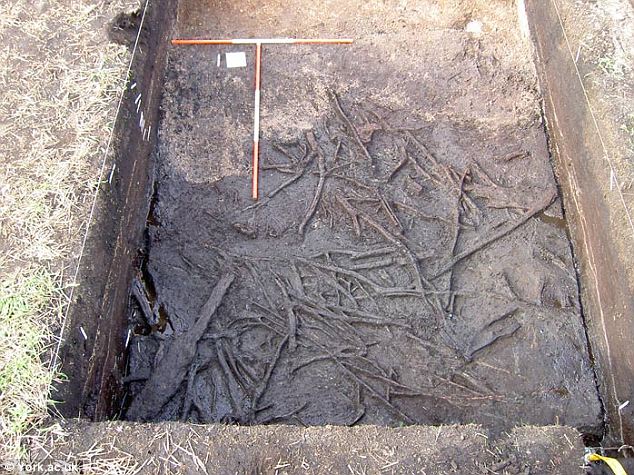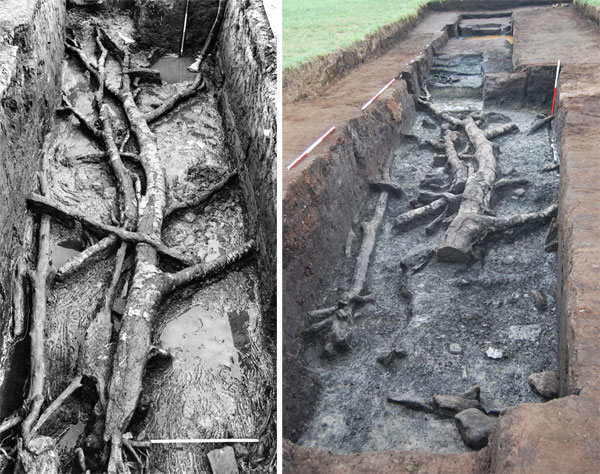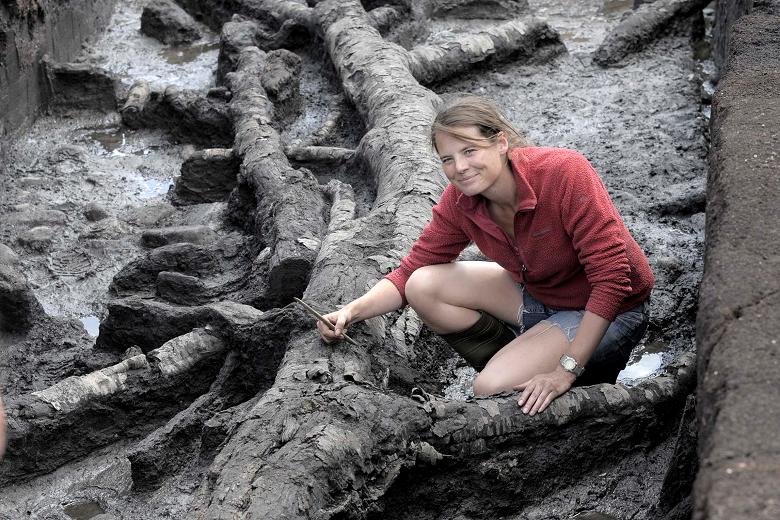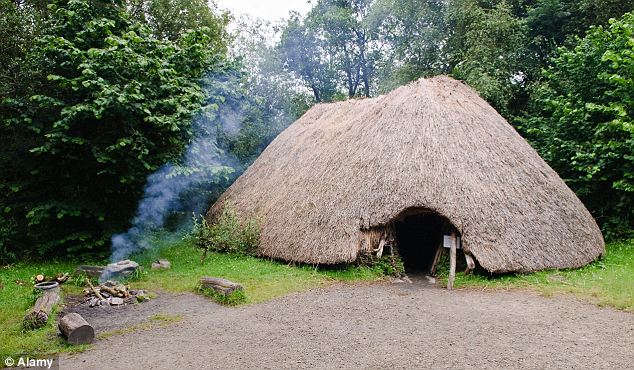A groundbreaking archaeological discovery has revealed the oldest house in Britain, dating back 11,500 years. Found near Scarborough in North Yorkshire, this ancient structure predates Stonehenge by over 6,000 years. This discovery offers new insights into the lives of Britain’s earliest settlers, shedding light on their architectural skills and way of life.
The Discovery of Britain’s Oldest House

The wooden hut, though small and unassuming, holds immense historical significance. Measuring 11 feet in diameter, the remains of this building date back to at least 8,500 BC. Located next to an ancient lake and near the remnants of a wooden quayside, this circular structure is now recognized as Britain’s oldest known home.
Changing Perspectives on Early Settlers

Dr. Chantal Conneller from the University of Manchester highlighted the importance of this discovery, noting that it predates the previous record-holder by 500 to 1,000 years. This find challenges previous assumptions about the mobility and lifestyle of the first settlers in post-Ice Age Britain.
“We used to think they moved around a lot and left little evidence,” Dr. Conneller explained. “Now we know they built large structures and were very attached to particular places in the landscape.”
Construction and Usage

The original wood of the building has not survived, but archaeologists identified the site by the traces of 18 timber posts arranged in a circle. The center of the structure was hollowed out and filled with organic material, suggesting it was used for a significant period, possibly between 200 and 500 years, though it may have been abandoned intermittently.
The floor was likely covered with reeds, moss, or grasses, and a fireplace might have been present. Despite its small size, the hut’s purpose remains uncertain. It could have been a domestic dwelling for three or four people or possibly a ritual site, given the evidence of ritual activity nearby.
Evidence of Early Carpentry and Rituals
Previous excavations near the site have unearthed intriguing artifacts, including deer skull headdresses, flints, a boat paddle, antler tools, fish hooks, and beads. A significant find was a large wooden platform alongside the ancient lake at Star Carr, made from split and hewn timbers. This platform is the earliest evidence of carpentry in Europe and may have served as a quay.
Life of the Nomadic Settlers
At the time, Britain was still connected to the rest of Europe. The hut’s inhabitants were nomadic hunters, migrating from areas now submerged under the North Sea. They hunted deer, wild boar, elk, and wild cattle. Dr. Nicky Milner from the University of York described the discovery as sensational, providing a vivid picture of the lifestyle of these early people.

“The house may have been rebuilt at various stages, and it is likely there was more than one house, indicating a larger community,” Dr. Milner said. The antler headdresses suggest ritual activities, adding another layer of complexity to our understanding of these early settlers.
This discovery not only extends our knowledge of Britain’s ancient history but also enriches our understanding of early human settlement and lifestyle. While Mesopotamia was on the brink of agricultural revolution, the hunter-gatherers of northern Europe maintained their traditional ways. This ancient house near Scarborough stands as a testament to their resilience and adaptability in a post-Ice Age world.
